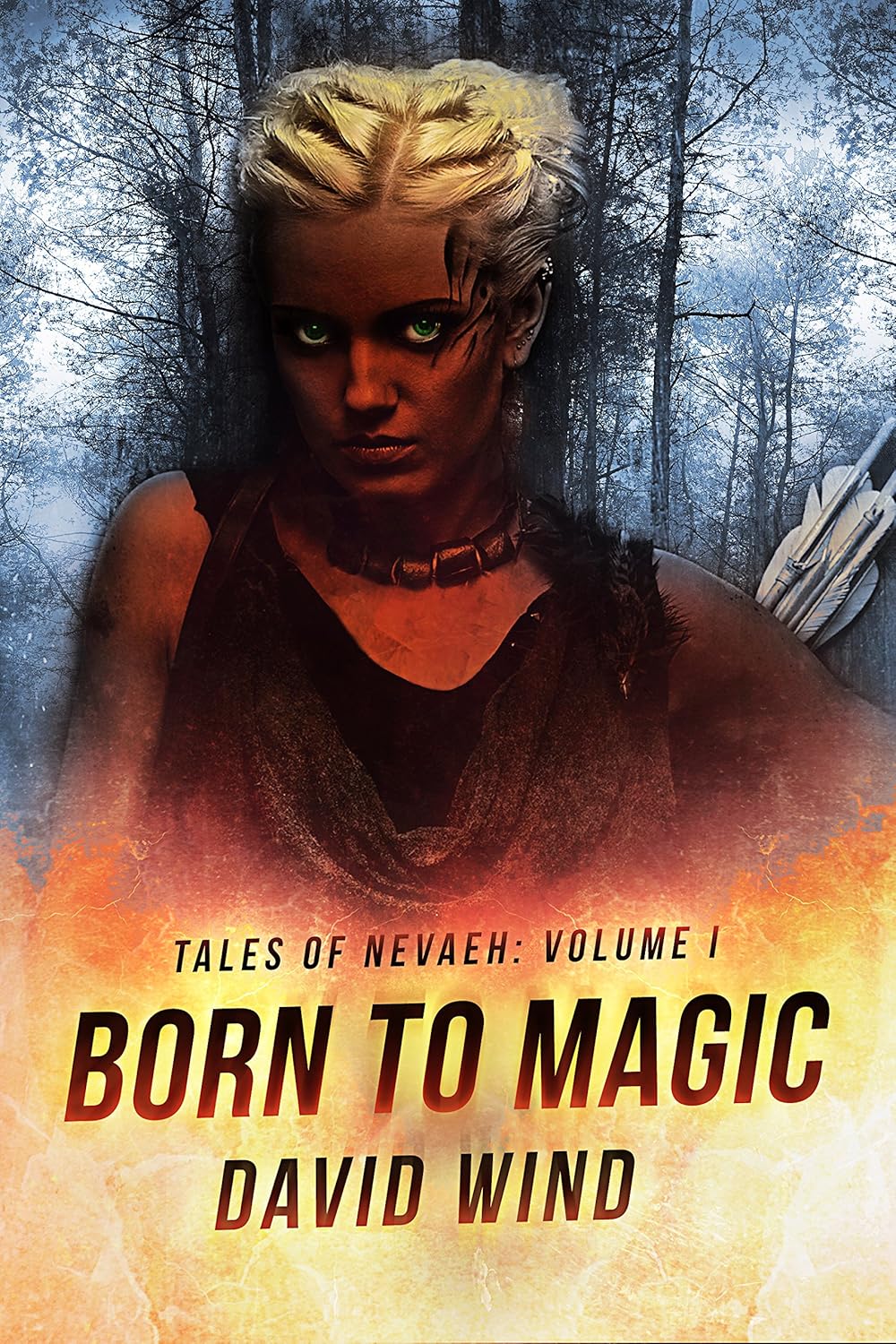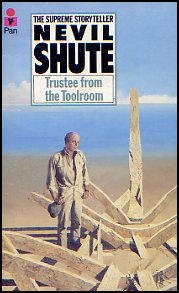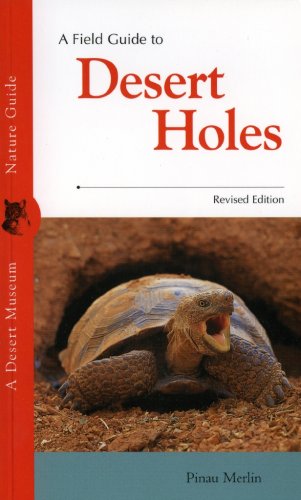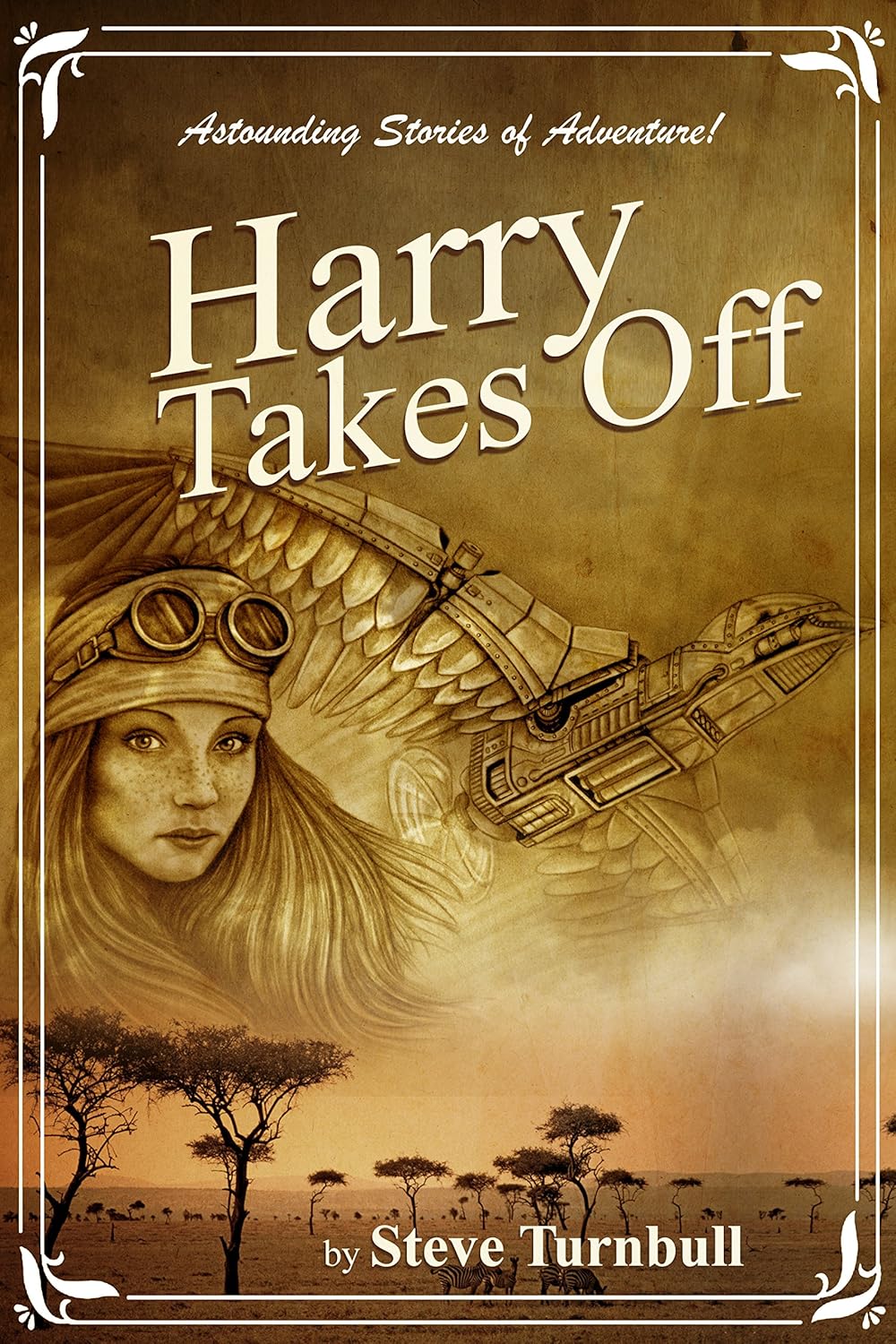Review: Born to Magic: Tales of Nevaeh by David Wind
Naming is a power given to Adam in the Old Testament. Sorcerers and practitioners of magic in tales of power know that to have access to a Real Name is to control the named one. Just think of Rumplestiltskin!
In Born to Magic, names given to lands and characters mostly have the power to disturb and distract the reader. Some, like Llawnroc, Nosaj, Tolemac, Atir, and Nevaeh itself, are familiar place- and person-names, reversed. Once I noticed this pattern, each time a new name was introduced I had to work out what it might spell backwards.
Prince Mikaal, son of the High King? Okay that's not one. But the High King's wife Enaid? Jackpot!
Once I got the naming disturbance out of my system, though, I began to see the story more clearly. Wind has used a classic sci-fi strategy, changed something about a technology, culture or people, and projected it into the future to reveal its impact on life. And despite the themes of magic and sorcery, Born to Magic is post-apocalypse science fiction.
In the future Earth created by David Wind, post-nuclear-holocaust Earth was destroyed by never-named Dark Others, who seem to be located "across the oceans to the East". Because of this nuclear catastrophe, or perhaps because of undetailed environmental damage, the power of magic has departed men, and only women can wield it. Women have completely assumed the mantle of magical power, yet men—Kings—still rule territories in Nevaeh, commanding armies of bowmen and sword-wielders.
By the time I have absorbed this concept, we meet Solomon Roth, the High King, who hails from Nevaeh's past. He got there by way of an interstellar colonization project that failed because the colonists carried along a tailored virus that mutated into a killer. Roth was the only survivor when the starship returned to Earth. He provides the "current-day" perspective on what happened in almost three intervening millennia.
Areena, the female lead, is a powerful wielder of magic. (Quick check—okay, her name, like Mikaal's, is not reversible.) Mikaal is a male born with magical power, and he and Areena need to get together for mutual training in order to save Nevaeh. He will teach her to use a sword; she will teach him to access and wield his power. Together, they must travel to a mysterious Island where their power will be confirmed. (Except males must never approach the Island upon pain of death.)
Now the tale becomes even more confusing. (Hard to believe, I know.) This is when we learn that Areena's magic is really science. You know, the same science that was studied by Karl Zener and J.B. Rhine, used by Uri Gellar to bend spoons, and tapped by Nostradamus to write his prophecies.
As I write this, Areena and Mikaal have just reached the Island. (I haven't finished the novel yet.) There might be something in those last chapters that would wrap the whole story in comprehension for me. But I will stop while I'm ahead, tiptoe away and leave these two magic-wielders to their fate. Like a Regency romance whose characters say, "Too cool!" and "I'm outta here," this story just reached my limit of inconsistencies.
I'm outta here.











